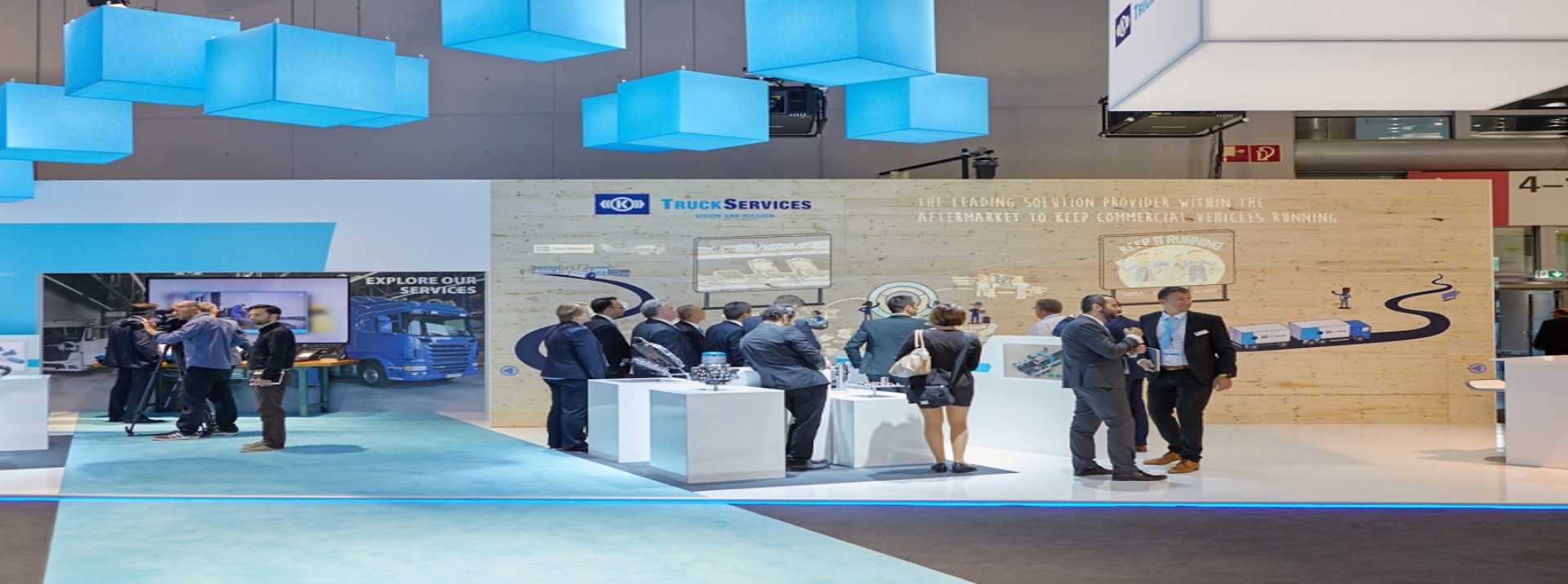
The main limiting factor for electric vehicles in public transport is their battery capacity. With Knorr-Bremse's In Motion Charging (IMC®) concept, buses charge while they are running, which means they are available to transport passengers around the clock.
With In Motion Charging, the vehicle draws the power it needs to drive and charge its batteries from the overhead wire. On sections without overhead wire, the vehicle uses its on-board batteries to power the engine. The solution brings two main advantages: the battery can be smaller than those on buses that only charge overnight, and downtimes for charging can be completely eliminated.
Since the energy supply is distributed in a balanced manner throughout the day, the necessary peak load in the grid is comparatively low. This allows large fleets to be powered economically, like in a rail system. To make use of synergies with existing metros, suburban trains or light rail systems, parts of the present energy supply infrastructure can be utilized. Previously trained personnel can also bring their skills to bear on the infrastructure and vehicle technology.
Draw up to 500 kW while driving
With the IMC500 concept, Knorr-Bremse enables vehicles to draw up to 500 kW of current while in motion. This means that all subsystems can be supplied simultaneously when driving under the overhead wire. These include two 160 kW engines, the HVAC system and the battery. The higher the charging power, the less time the vehicle requires beneath the overhead wire and the less overhead wire has to be installed along the route to fully charge the batteries in motion.
Less wire, lower costs
With the IMC500 concept, the operator only needs overhead wire to cover around 20 percent of the total route. This helps to minimize infrastructure costs.
The new concept allows e-buses and charging infrastructure to be used extremely efficiently and reduces the operating costs of the overall system. Having reserves of charging time and charging power makes for robust and reliable e-bus operation.
Key benefits:
- No more breaks necessary to charge the batteries
- Electric vehicles are available virtually around the clock
- Overhead wire distance can be minimized (down to approximately 20 percent of the total route)
- On-board batteries can be smaller